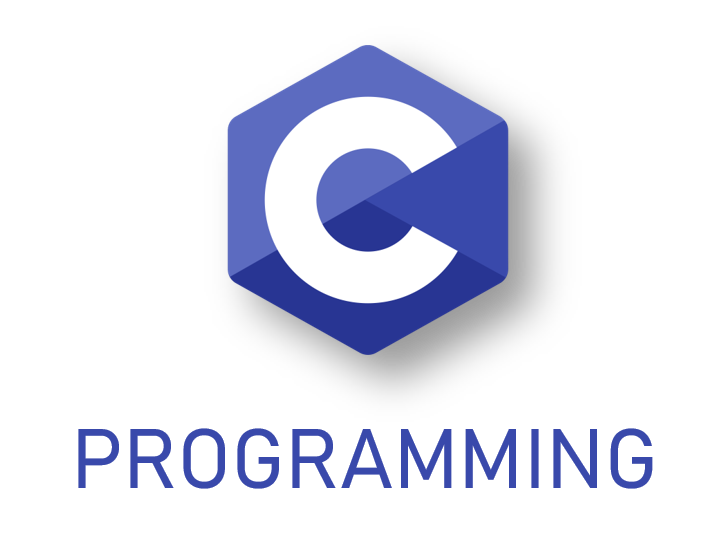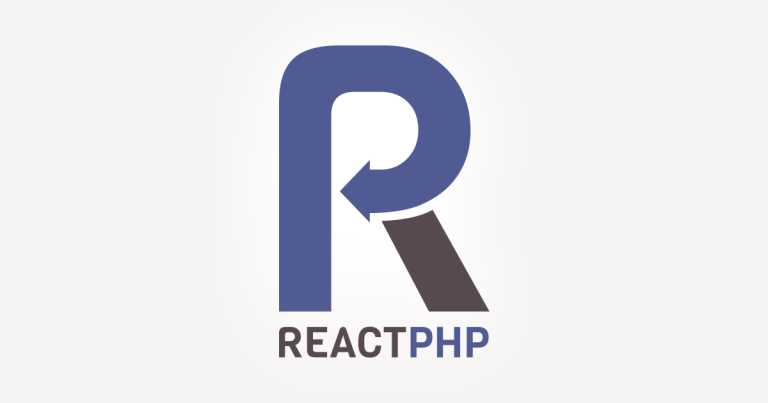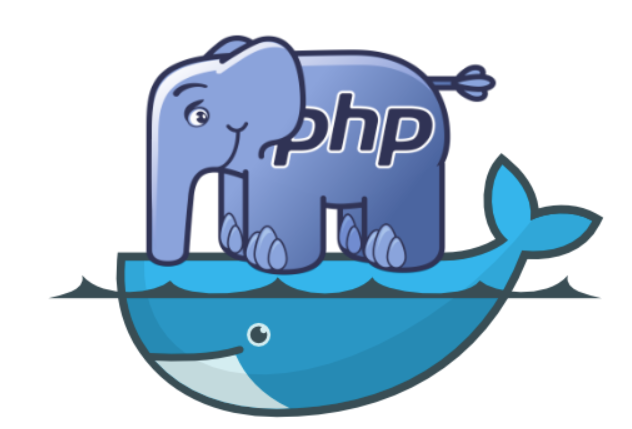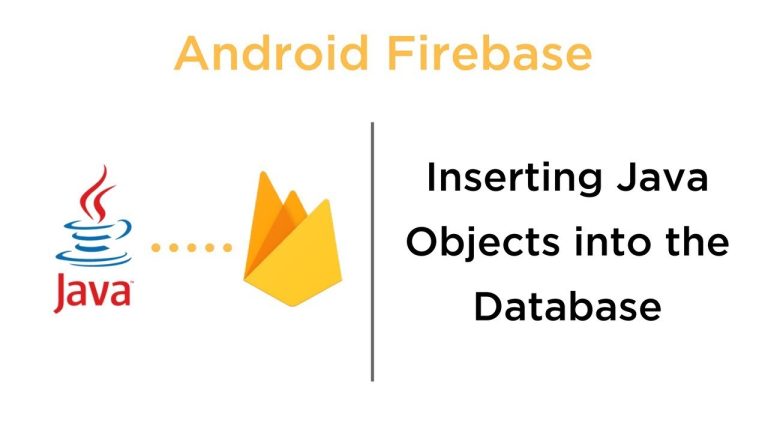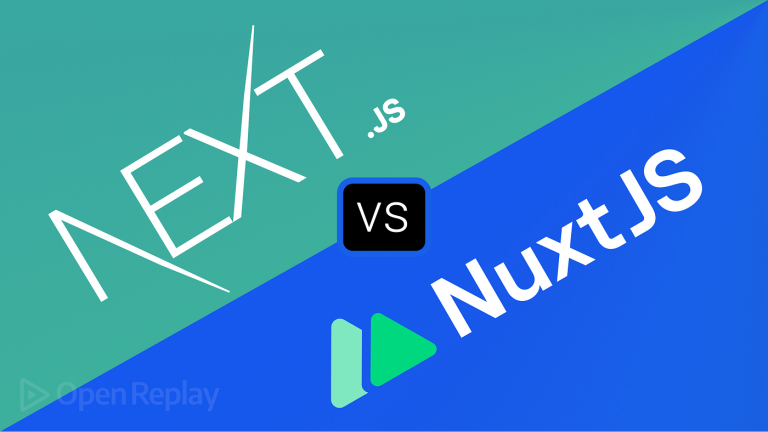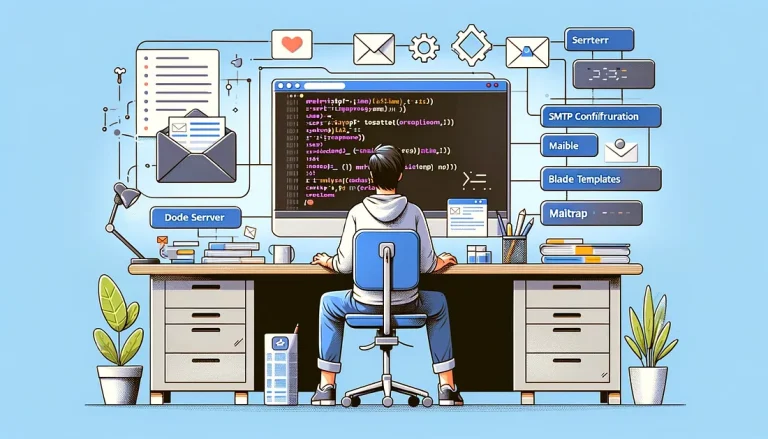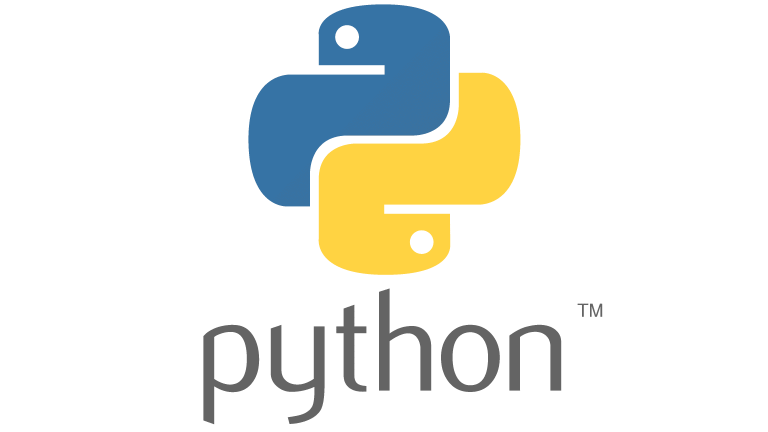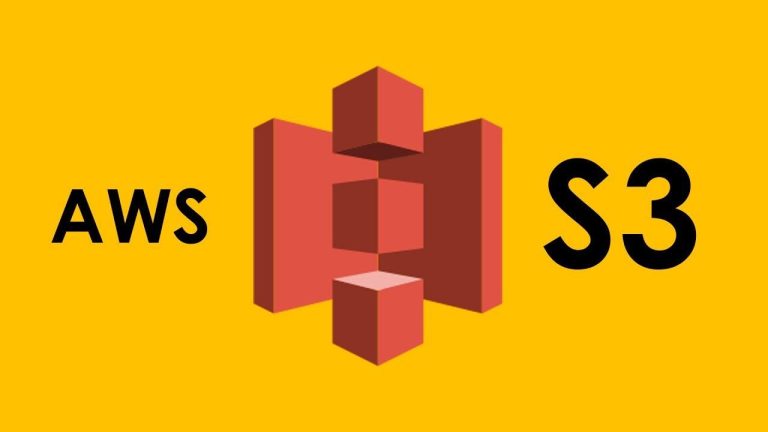Introduction:
C programming is a powerful and versatile language that has been a cornerstone of software development for decades. Developed by Dennis Ritchie at Bell Labs in the early 1970s, C quickly became one of the most widely used programming languages due to its efficiency, portability, and low-level capabilities. Its influence can be seen in the creation of many other popular programming languages, such as C++, C#, and Objective-C. In this article, we will explore the key features of C programming and its enduring significance in the world of software development.
- Syntax and Structure:
C is renowned for its simple and elegant syntax, making it relatively easy for developers to learn and understand. The language follows a procedural programming paradigm, emphasizing functions and structured programming. Code in C is organized into functions, and a typical C program consists of a main function where the program execution begins.
#include <stdio.h>
int main() {
printf("Hello, World!\n");
return 0;
}- Data Types and Variables:
C provides a rich set of data types, including int, float, double, char, and more. Variables must be declared with their respective data types before use. This explicit type declaration allows for precise memory allocation and efficient manipulation of data.
int age = 25; float salary = 50000.50; char grade = 'A';
- Pointers:
Pointers are a unique and powerful feature of C. They are variables that store memory addresses, enabling direct manipulation of data in memory. While challenging for beginners, mastering pointers is crucial for efficient memory management and data manipulation.
int number = 10;
int *ptr = &number;
printf("Value: %d\n", *ptr); // Output: Value: 10- Functions:
C is a function-oriented language, and modular programming is encouraged. Functions in C can be defined to perform specific tasks and can be called within the program. This promotes code reusability and maintainability.
int add(int a, int b) {
return a + b;
}
int main() {
int result = add(5, 7);
printf("Sum: %d\n", result); // Output: Sum: 12
return 0;
}- Control Flow:
C supports essential control flow structures like if-else statements, loops (for, while, do-while), and switch statements. These constructs enable developers to create flexible and responsive programs.
int num = 10;
if (num > 0) {
printf("Positive\n");
} else {
printf("Non-positive\n");
}- Standard Libraries:
C comes with a set of standard libraries that provide a wide range of functions for tasks such as input/output operations, string manipulation, memory allocation, and mathematical operations. Thestdio.hlibrary, for example, includes functions likeprintfandscanffor formatted input and output.
#include <stdio.h>
int main() {
printf("Enter your age: ");
int age;
scanf("%d", &age);
printf("You are %d years old.\n", age);
return 0;
}- Portability and Efficiency:
C is known for its portability across different platforms. Code written in C can be compiled and executed on various operating systems with minimal modifications. Additionally, C allows for fine-grained control over hardware resources, making it suitable for system-level programming and performance-critical applications.
Often chosen for high-level system development due to several key advantages that make it well-suited for this purpose:
- Efficiency and Performance:
C allows for direct manipulation of hardware resources and provides fine-grained control over system components. This level of control is crucial in high-performance computing environments where efficiency is paramount. C’s ability to work with pointers and low-level memory management facilitates optimized code execution, making it an excellent choice for applications that demand high throughput and low latency. - Portability:
C programs are highly portable, meaning that code written in C can be compiled and executed on different platforms with minimal modifications. This portability is crucial for high-level systems that need to run on diverse hardware architectures and operating systems. C’s ability to interface directly with hardware and its reliance on a minimal runtime environment contribute to this portability. - System-level Programming:
C is well-suited for system-level programming, enabling developers to interact with hardware components and implement low-level operations. This is essential for building operating systems, device drivers, and firmware, where direct access to hardware resources is required. Many operating systems, including Unix/Linux, are written in C, showcasing its effectiveness in this domain. - Low-level Memory Manipulation:
High-level systems often require efficient memory management and manipulation. C allows for direct control over memory through pointers, which is crucial for tasks like dynamic memory allocation and deallocation. This capability is beneficial for creating robust and efficient systems that must handle large datasets or complex data structures. - Real-time Systems:
Real-time systems demand predictable and deterministic behavior, and C excels in this regard. Its ability to control hardware resources directly and manage system-level details makes it suitable for developing real-time applications, such as embedded systems, control systems, and communication protocols. - Legacy Code and Existing Systems:
Many high-level systems and critical infrastructure have been built using C over the years. Therefore, maintaining and extending existing systems often requires knowledge of C. Choosing C for new development in high-level systems ensures compatibility with legacy code and facilitates seamless integration with established systems. - Support for Multi-threading and Concurrency:
As high-level systems often involve concurrent execution of multiple tasks, C provides support for multi-threading and concurrency. Libraries and tools in C, such as POSIX threads (pthread) for Unix-like systems, enable developers to implement parallel processing and build scalable systems. - Embedded Systems Development:
C is widely used in the development of embedded systems due to its low-level capabilities and efficient use of system resources. Embedded systems, found in various devices like microcontrollers and IoT devices, require close interaction with hardware, making C a natural choice for programming these systems.
Conclusion:
In summary, the combination of efficiency, portability, low-level control, and a long history of success in system-level programming makes C an ideal choice for developing high-level systems where performance, reliability, and direct hardware interaction are critical requirements.
C programming remains a foundational language in the world of software development, cherished for its simplicity, efficiency, and versatility. While newer languages have emerged, the principles and concepts introduced by C continue to influence and shape the way developers approach programming. Learning C not only provides a solid understanding of fundamental programming concepts but also lays the groundwork for exploring other languages and advanced topics in computer science. Whether you’re a beginner or an experienced developer, C programming is an invaluable skill that opens doors to a deeper understanding of the art and science of programming.

